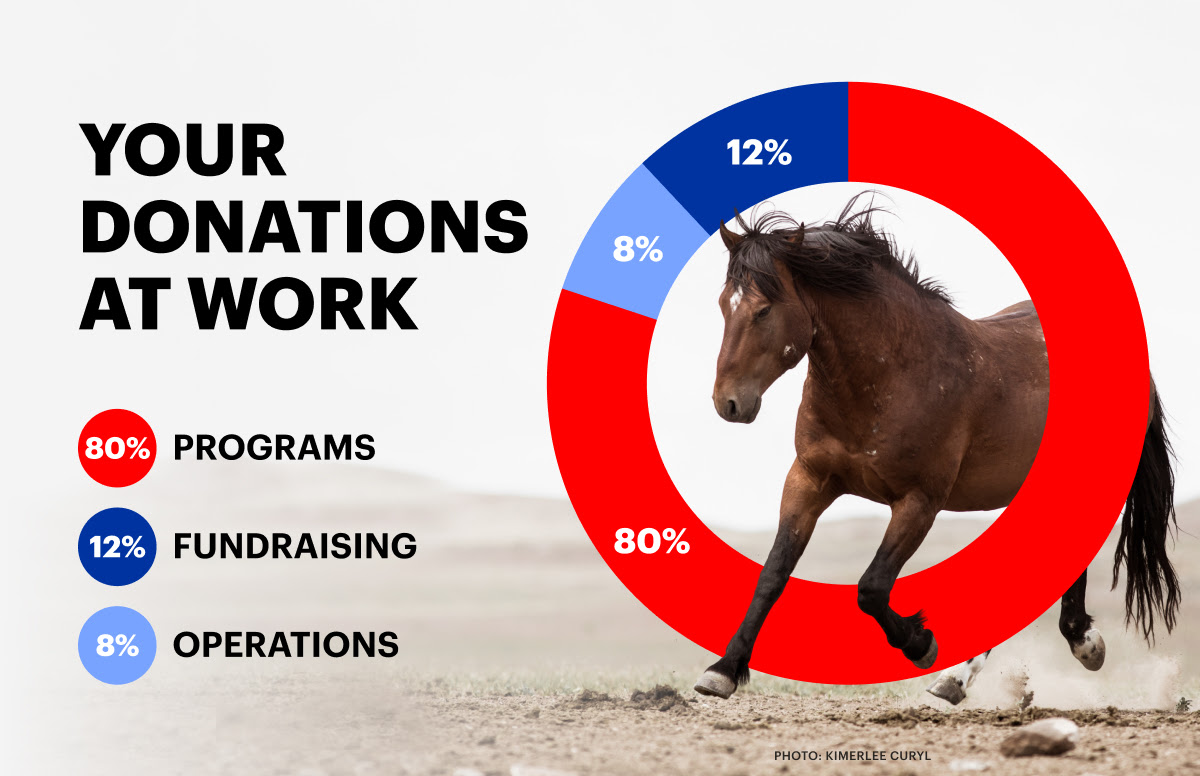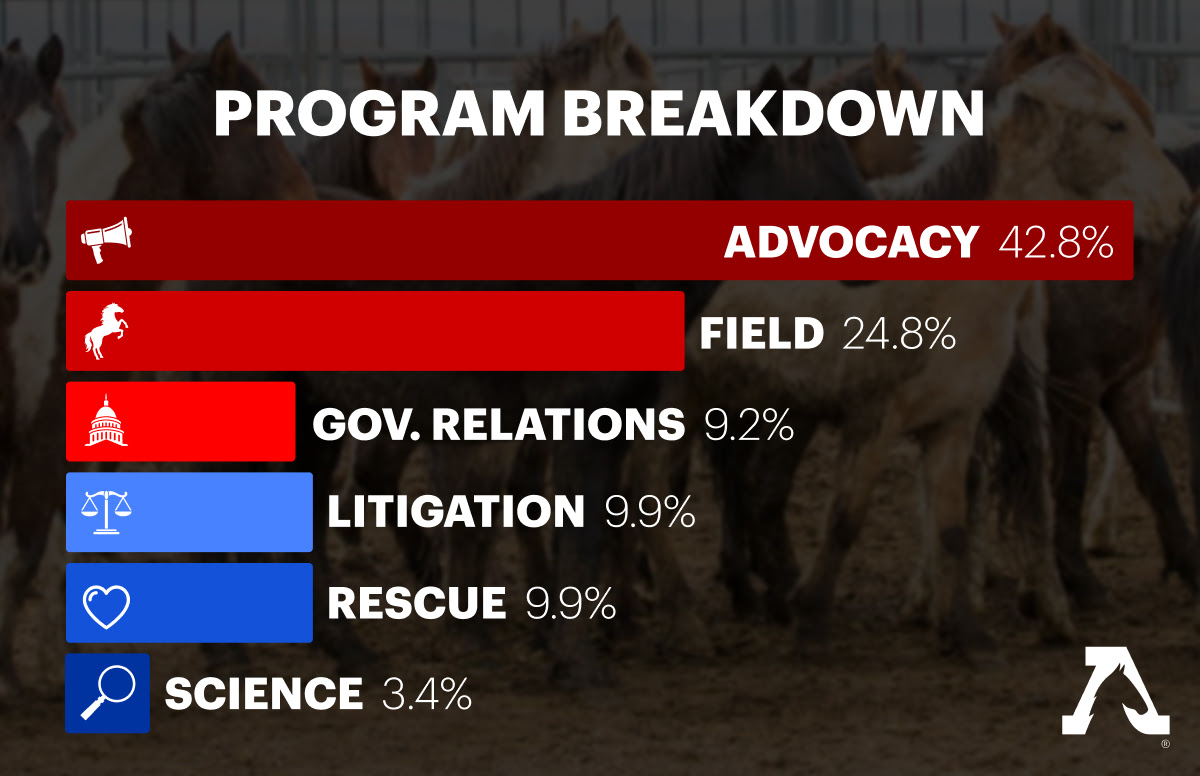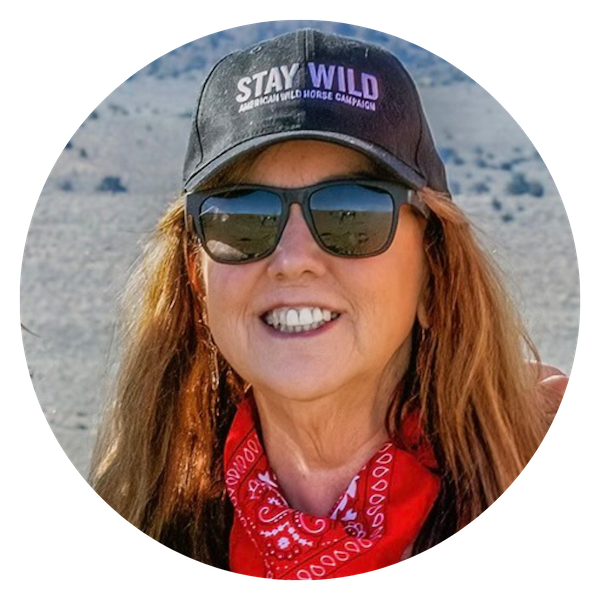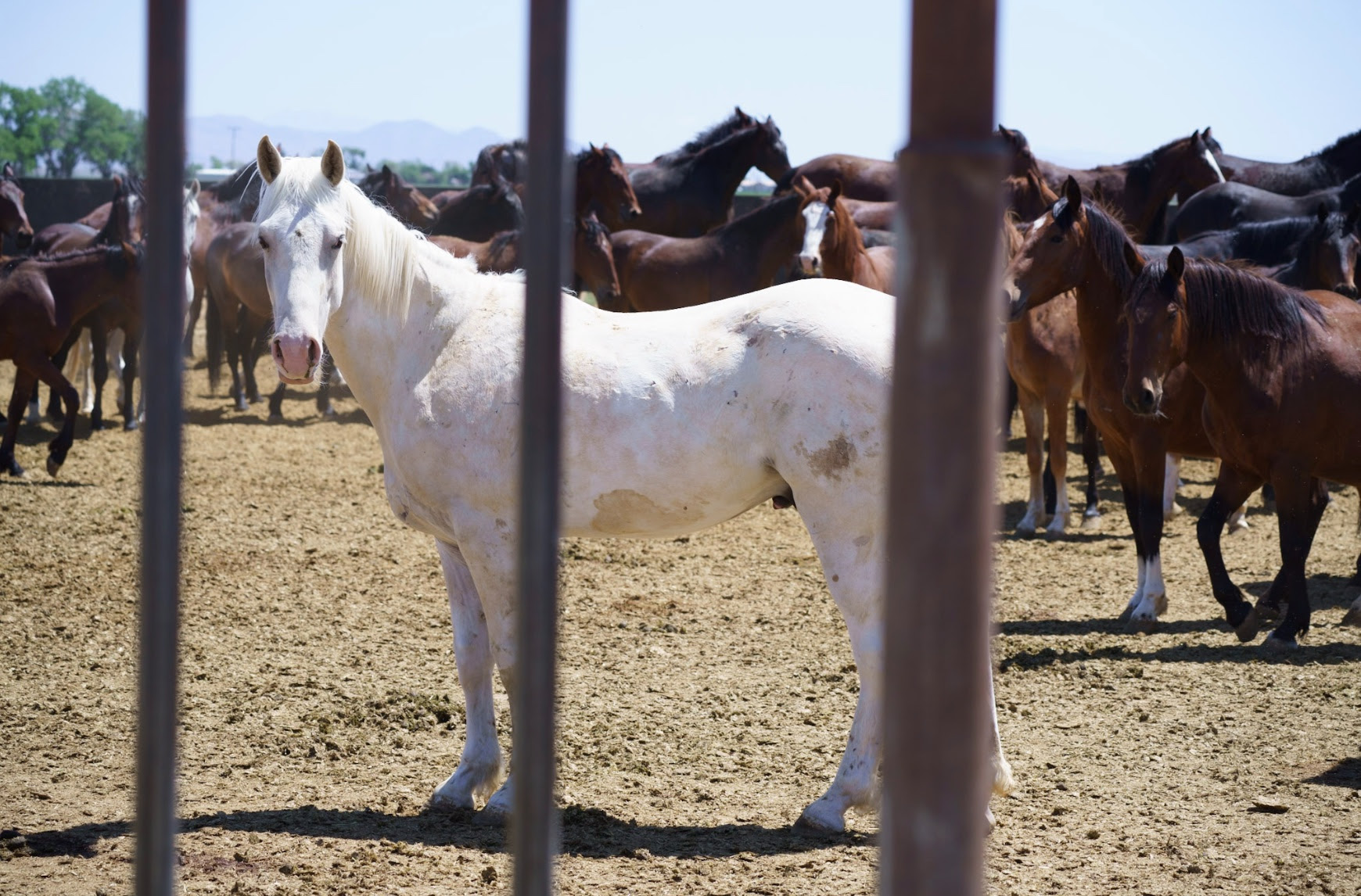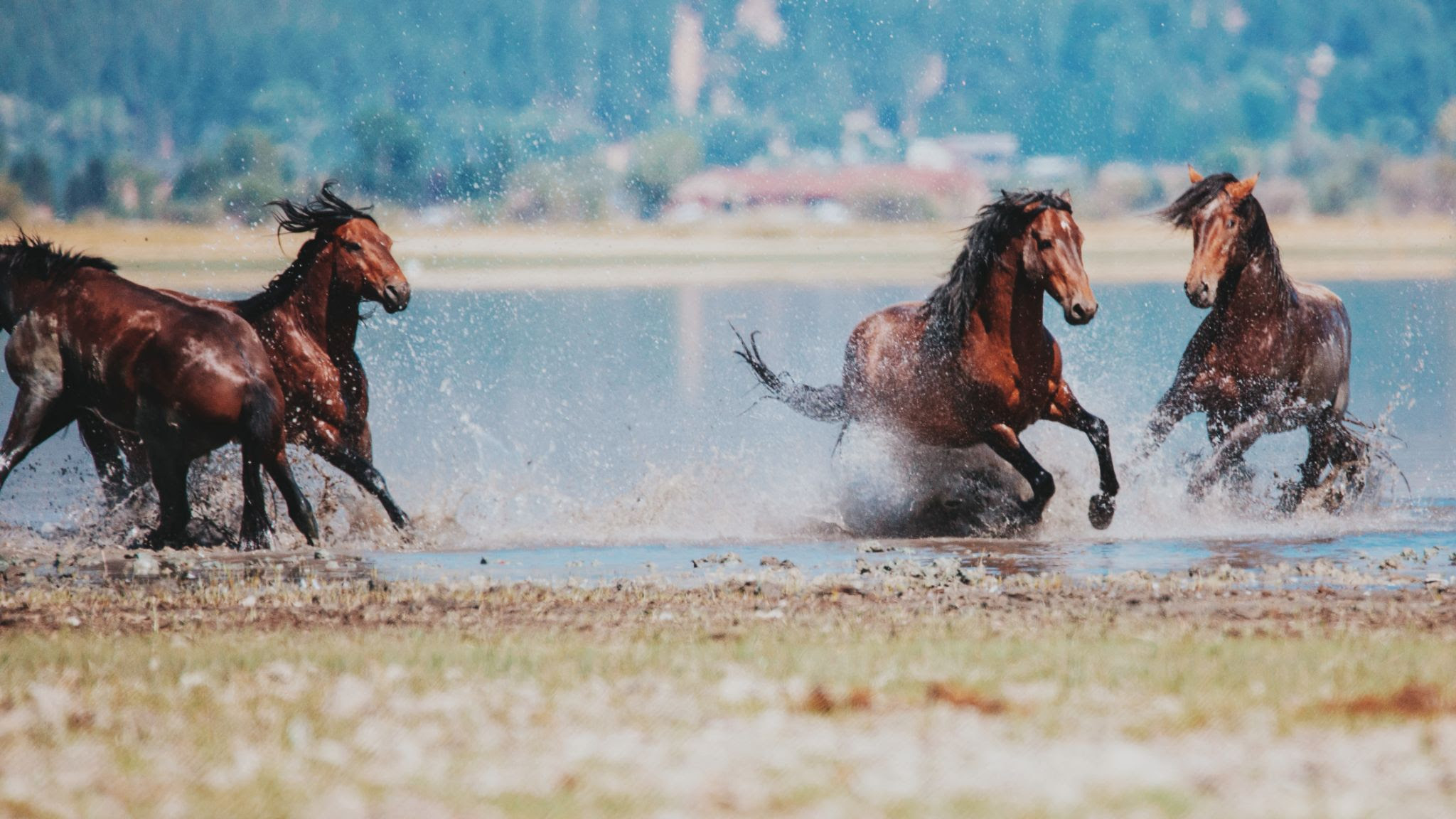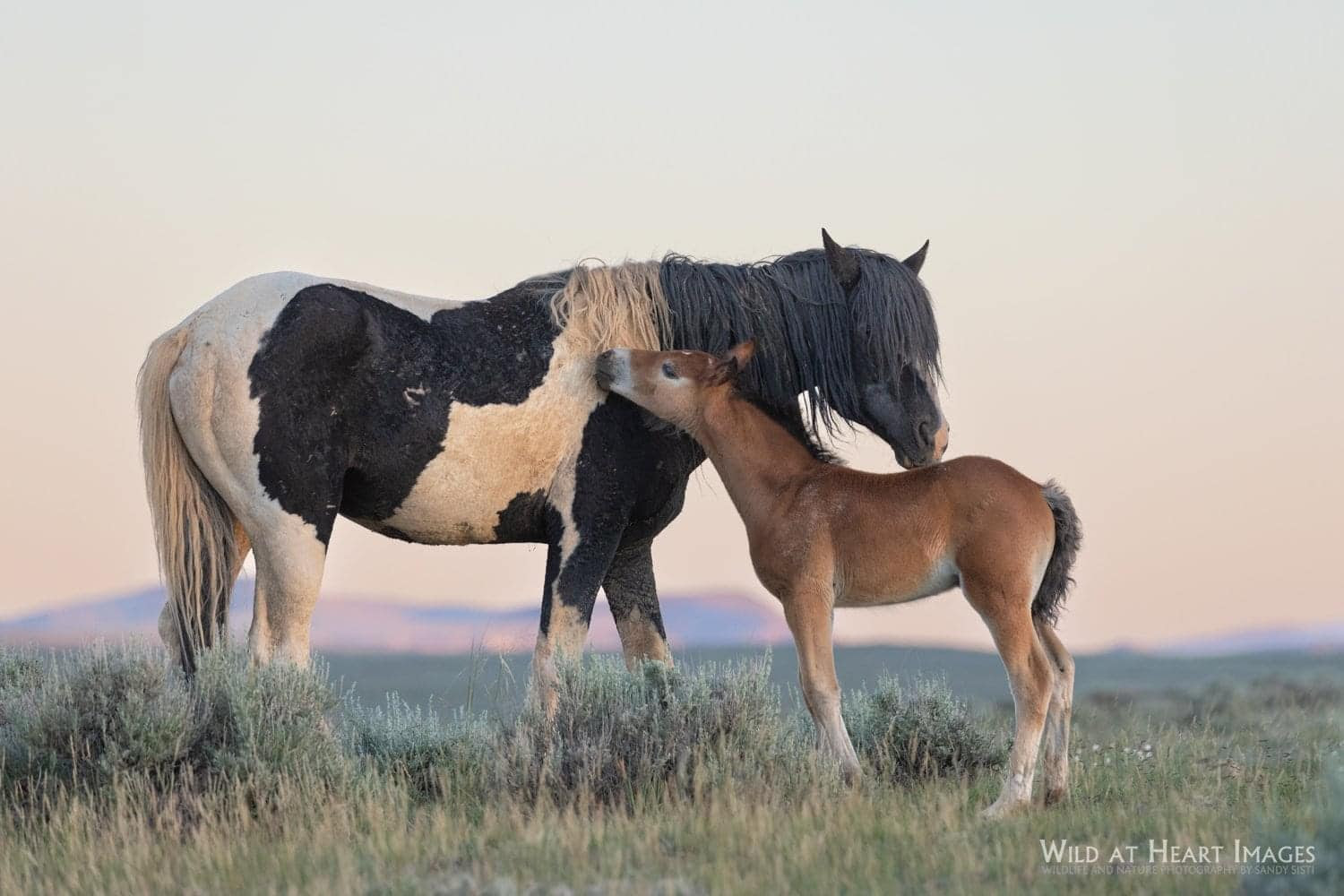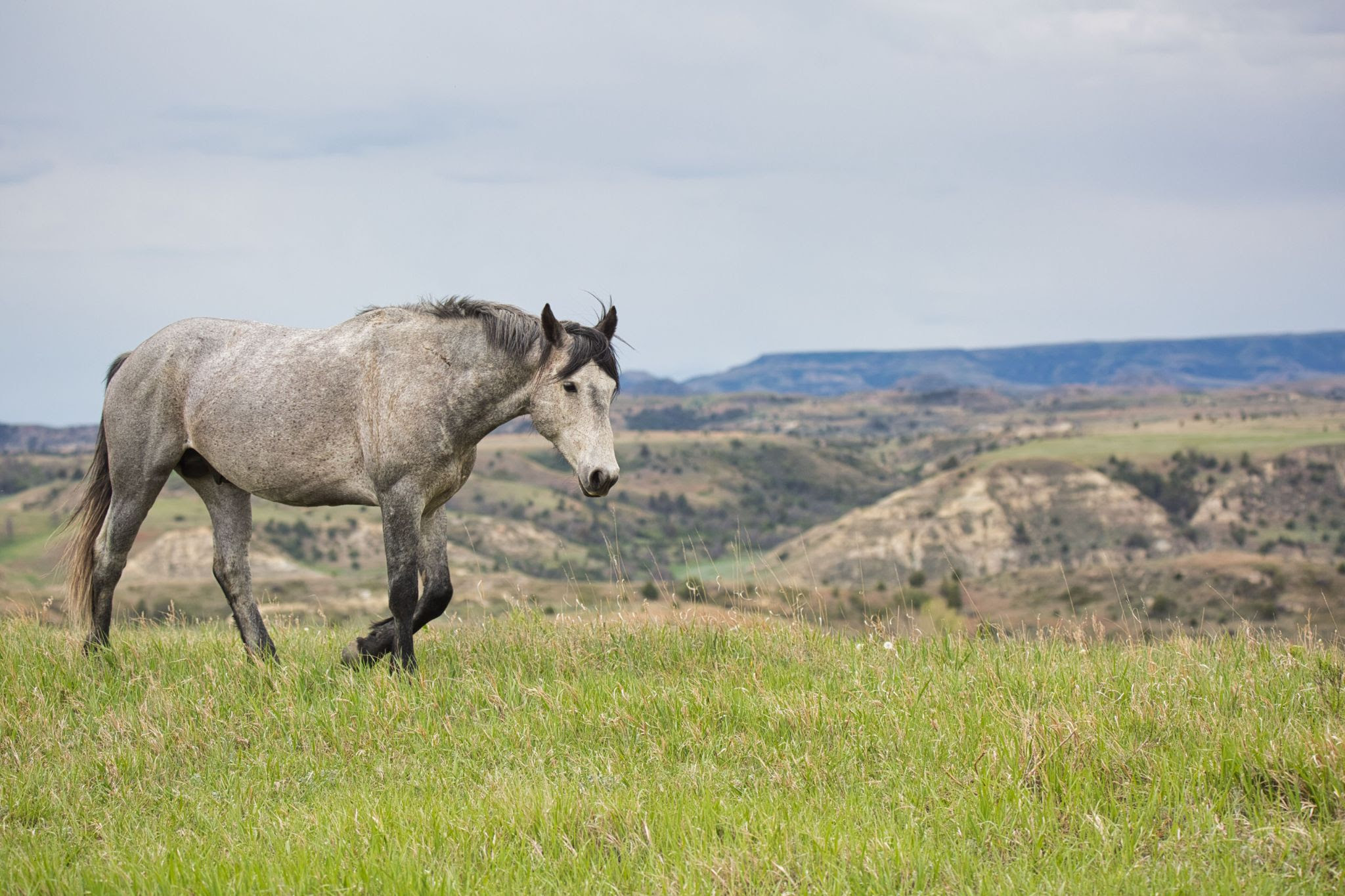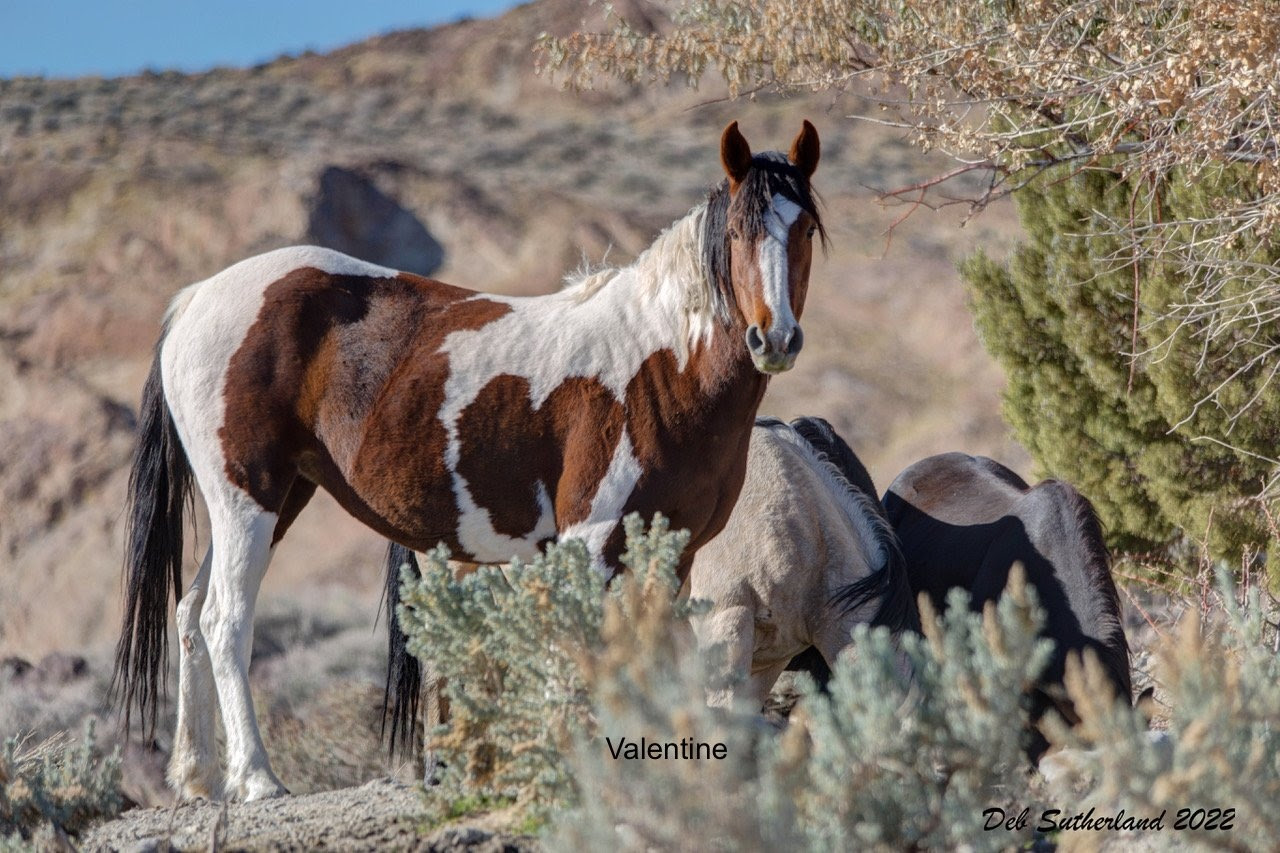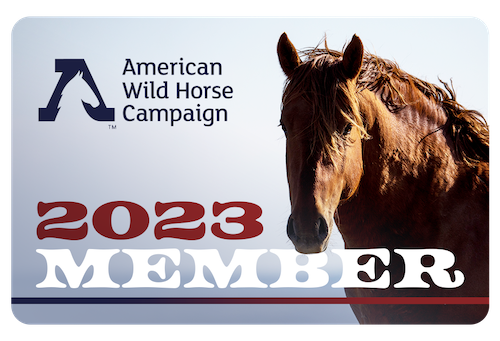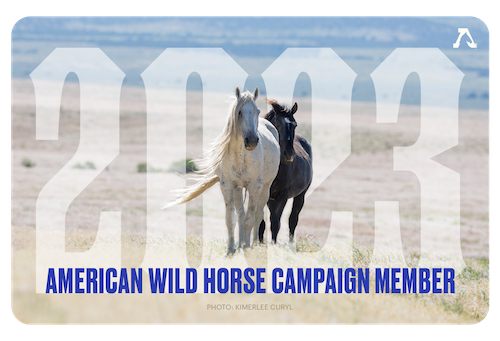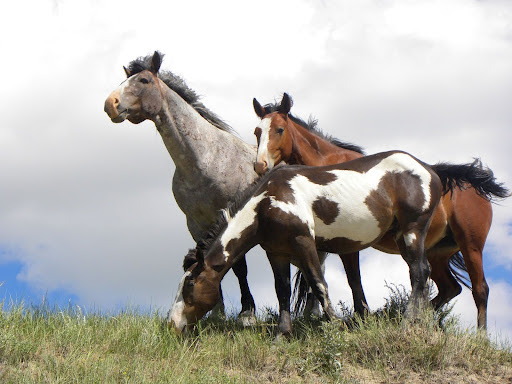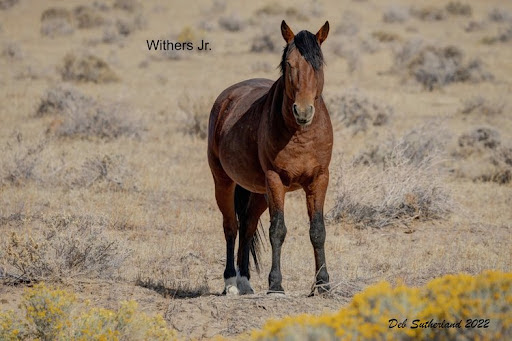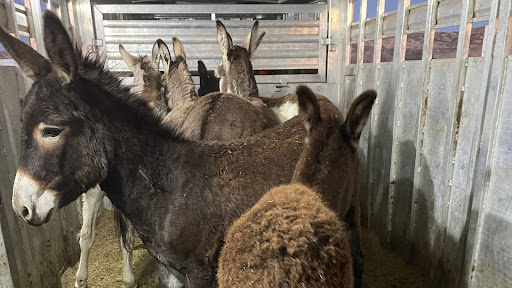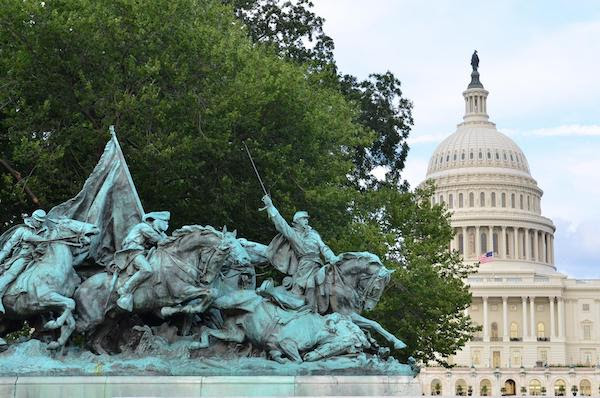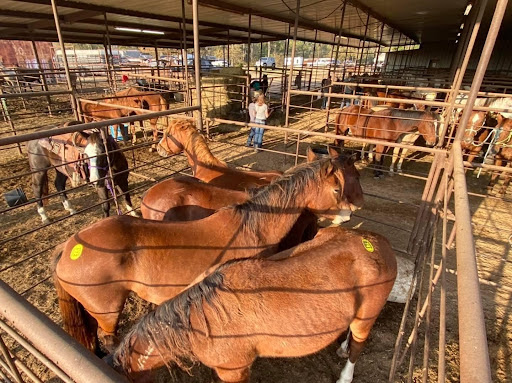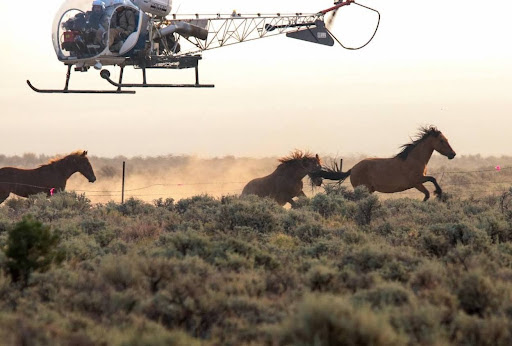
The following is from the American Wild Horse Campaign:
Thanks to the generosity of supporters like you, we are SO excited to share that we reached our $125,000 Year-End fundraising goal and UNLOCKED the $100,000 gift from our matching donor!!
From each and every one of us at the American Wild Horse Campaign — thank you so much for your part in helping us reach this goal! Please know that your support will make such an enormous difference for America’s wild horses and burros in 2022 as we continue our fight to keep these cherished animals wild.
While we begin to tackle our 2022 agenda, we wanted to share with you the victories that AWHC supporters helped us to accomplish over the past year. Please read on for a recap of our 2021 accomplishments and a preview of what’s to come this year!
Exposed the Adoption Incentive Program

After a months-long investigation, our team uncovered a slaughter pipeline that had been created by the Bureau of Land Management’s (BLM) Adoption Incentive Program (AIP). In partnership with The New York Times, we exposed the disastrous program in a front-page report.
Uncovering this pipeline was only the first of several milestones in this fight. Shortly after the New York Times exposé, we garnered an overwhelming amount of support from the public, and dozens of members of Congress took action on Capitol Hill to reform the failed program. At the same time, AWHC filed suit against the BLM to challenge the AIP. Recently, government attorneys informed us that the BLM will be revealing a “new” Adoption Incentive Program in early 2022. We will be watching closely to ensure that the program is meaningfully reformed by ending the cash incentives that are fueling fraud and abuse.
Made Strides on Capitol Hill

Our government relations team worked tirelessly with members of the House and Senate to pass historic legislation during the Fiscal Year 2022 Appropriations process allocating $11 million in funding toward humane wild horse and burro management.
This $11 million was reallocated away from the Bureau of Land Management’s (BLM) roundup funds toward implementing “a robust and humane fertility control strategy of reversible immunocontraceptive vaccines” for America’s wild horses. This breakthrough language marks the first time that Congress is requiring the BLM to implement alternatives to the cruel roundup and removal of wild horses and burros from their homes on our public lands. It’s a huge step toward responsible wild horse and burro management that will help keep these iconic animals in the wild, where they belong!
Helped Rescue Over 100 Wild Horses & Burros from Slaughter

Thanks to the help of generous supporters like you, we were able to help fund the rescues of over 100 slaughter-bound wild horses and burros this year. In collaboration with our rescue partners, we were able to identify and rescue wild horses and burros from kill pens across the country — in imminent danger of being shipped to Mexico or Canada for brutal slaughter. The vast majority of these horses and burros were sent into the slaughter pipeline through the BLM’s Adoption Incentive Program by adopters who pocketed the cash incentives then dumped “their” animals at kill pens.
Proved Humane Management Works

AWHC operates the world’s largest humane fertility control program for wild horses on Nevada’s Virginia Range — and this Spring we will celebrate the three-year anniversary of this groundbreaking program!
On the range, we use Porcine Zona Pellucida (PZP) immunocontraception — a scientifically-proven fertility control vaccine given to female horses through an injection via remote darting with an air rifle. The vaccine creates an immune response that prevents fertilization without impacting the horses’ hormonal systems, thus preserving their natural behaviors.
This year our program reduced the foaling rate on the Virginia Range by 44%! This achievement has been critical in demonstrating to lawmakers and the BLM that fertility control is an effective tool for reducing population growth and a viable alternative to costly and cruel helicopter roundups for the management of America’s wild herds.
Protected Nevada’s Wild Horses

Earlier this year, a resolution was introduced in the Nevada State Senate that called on Congress to fund brutal helicopter roundups of at least 40,000 of Nevada’s wild horses and burros — that’s nearly every wild horse and burro living in Nevada today!
We quickly mobilized political and environmental opposition to the resolution, SJR 3, and were successful in killing it in the Natural Resources Committee. The outcome was an important show of support by this key legislative committee for humane wild horse management and a significant defeat for the coalition of livestock operators, hunters, and commercial wildlife trappers behind the mass roundup resolution.
Amplified Our Voice

Our movement to save America’s wild horses and burros grew by leaps and bounds this year. Public outrage over the plight of these iconic animals grew, and so did the number of lawmakers on Capitol Hill demanding reform. So many of you joined the fight to preserve the freedom of our wild horses and burros on the public lands they call home, and for that, we are so grateful.
We have much progress to make in 2022, but we know we can always count on supporters like you to lobby your elected officials, support our critical legal work, and raise awareness across the country about the threats America’s wild horses and burros continue to face.
This fight is a marathon, not a sprint, and we know that we can count on you to stand with us all along the way. Together, we will make real progress for our cherished wild horses and burros in 2022.
So stay ready and stay tuned! We wish you and your loved ones a happy and healthy New Year!
With Gratitude,
Suzanne Roy
Executive Director
American Wild Horse Campaign
 The following is from the American Wild Horse Conservation:
The following is from the American Wild Horse Conservation:



